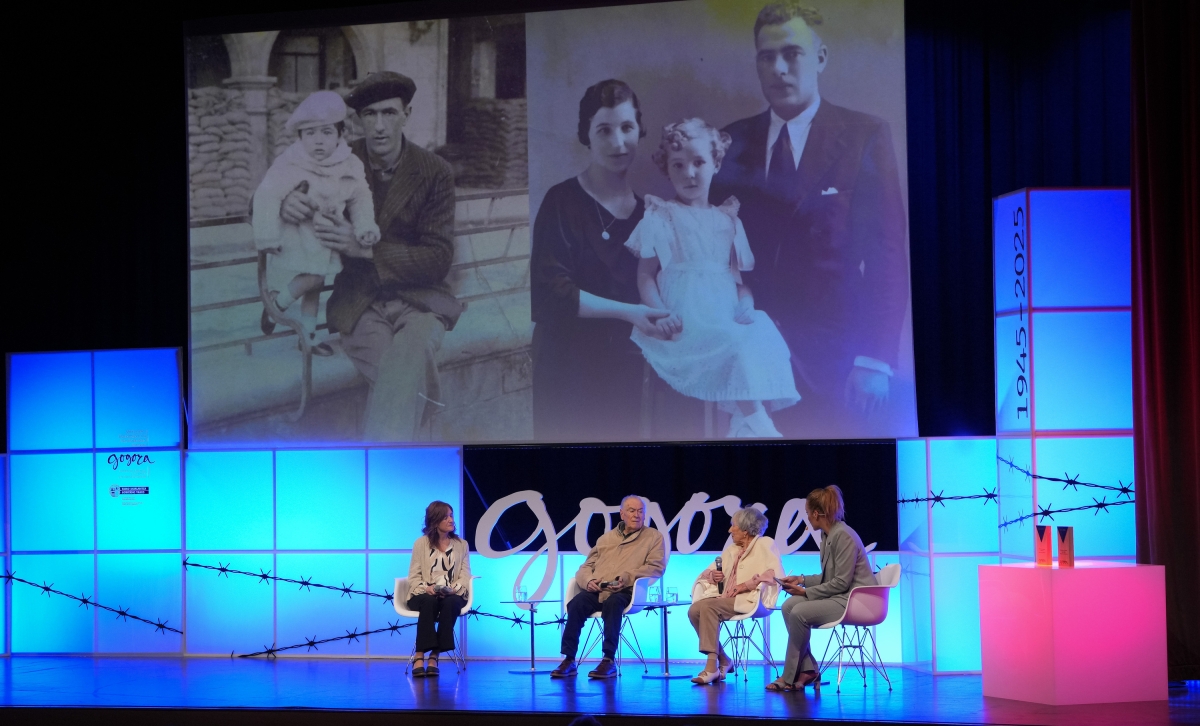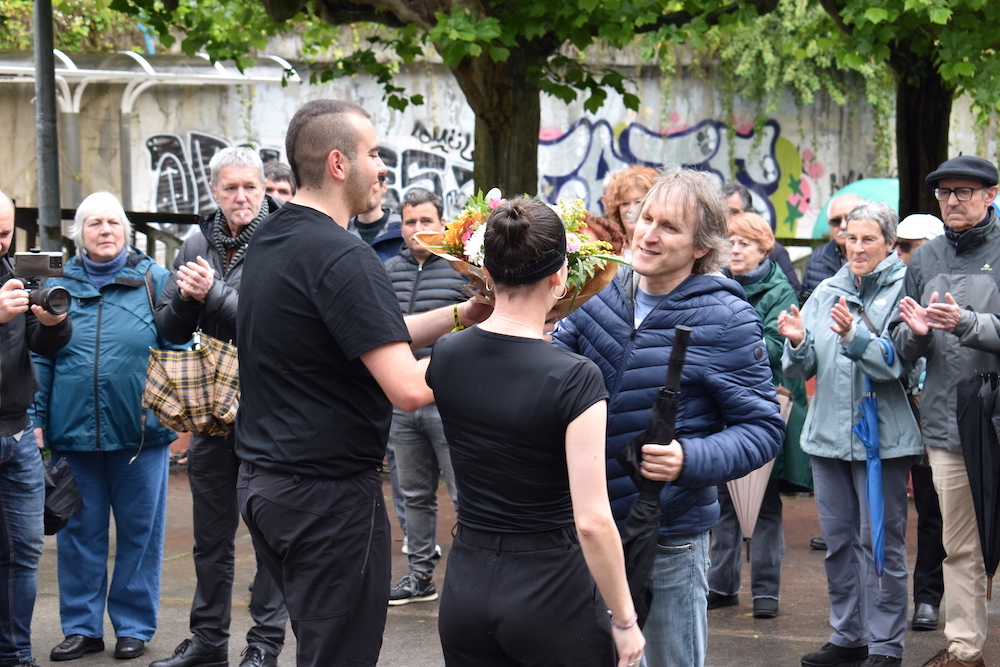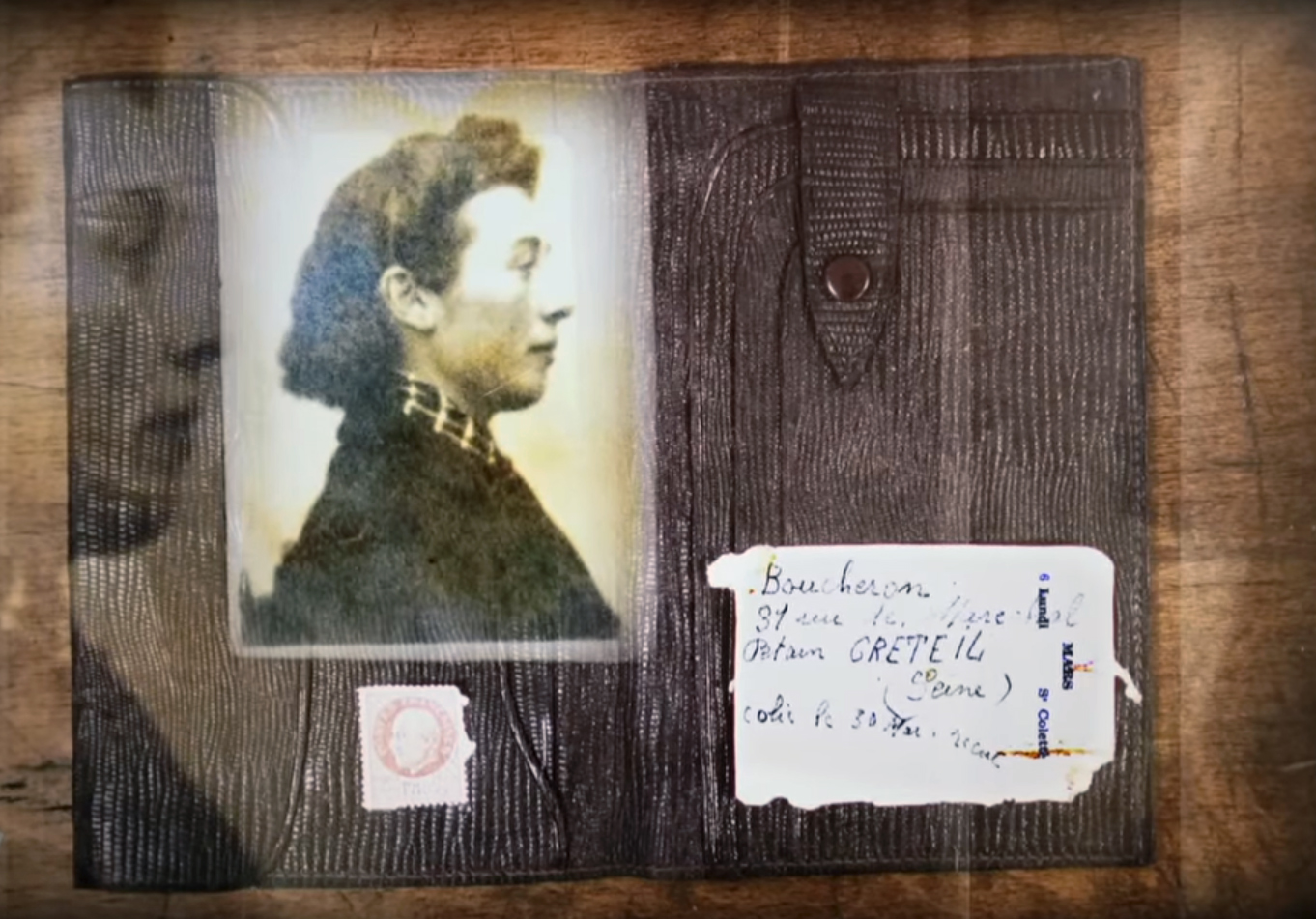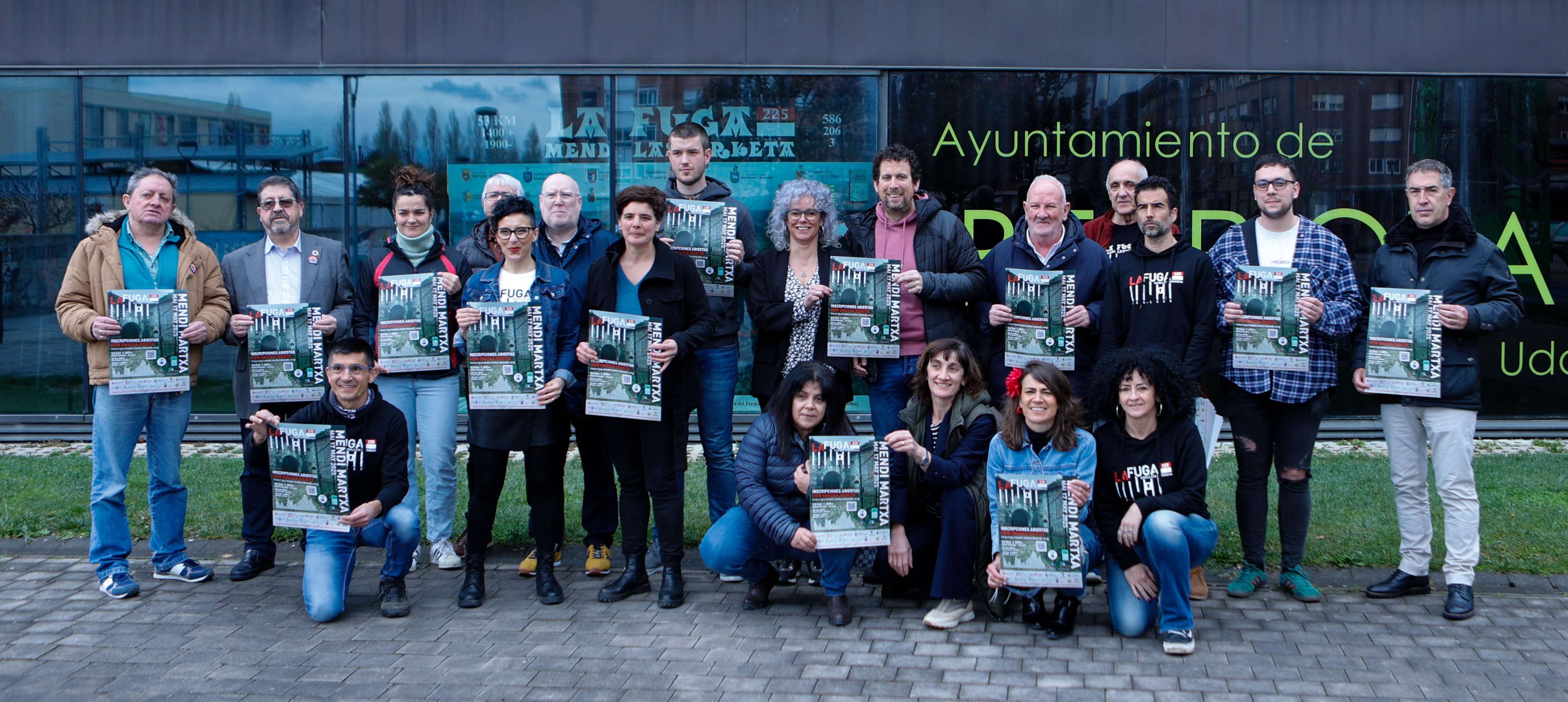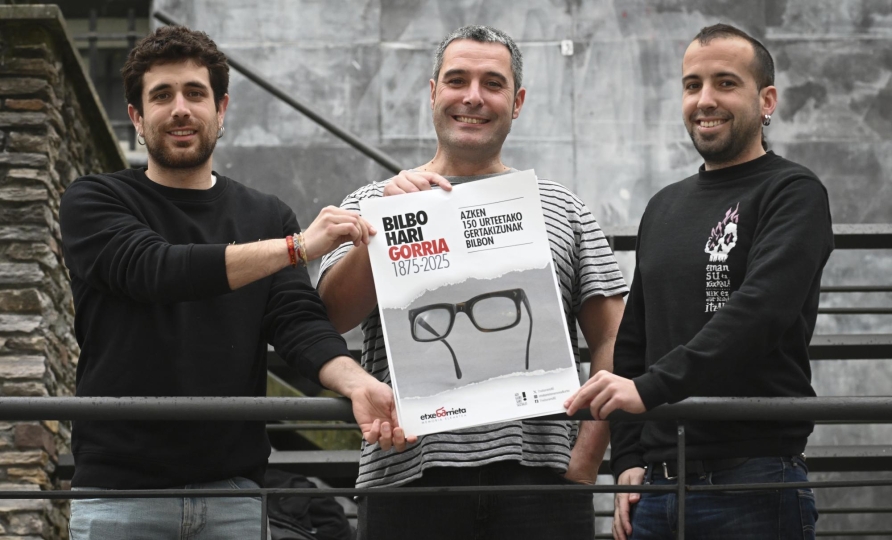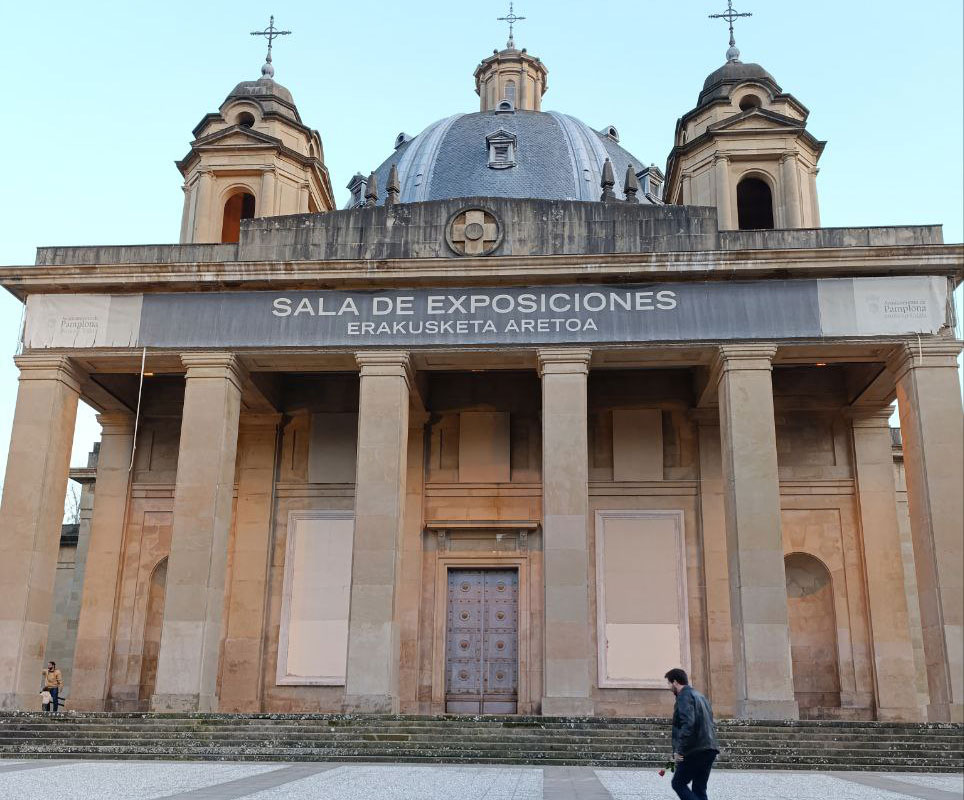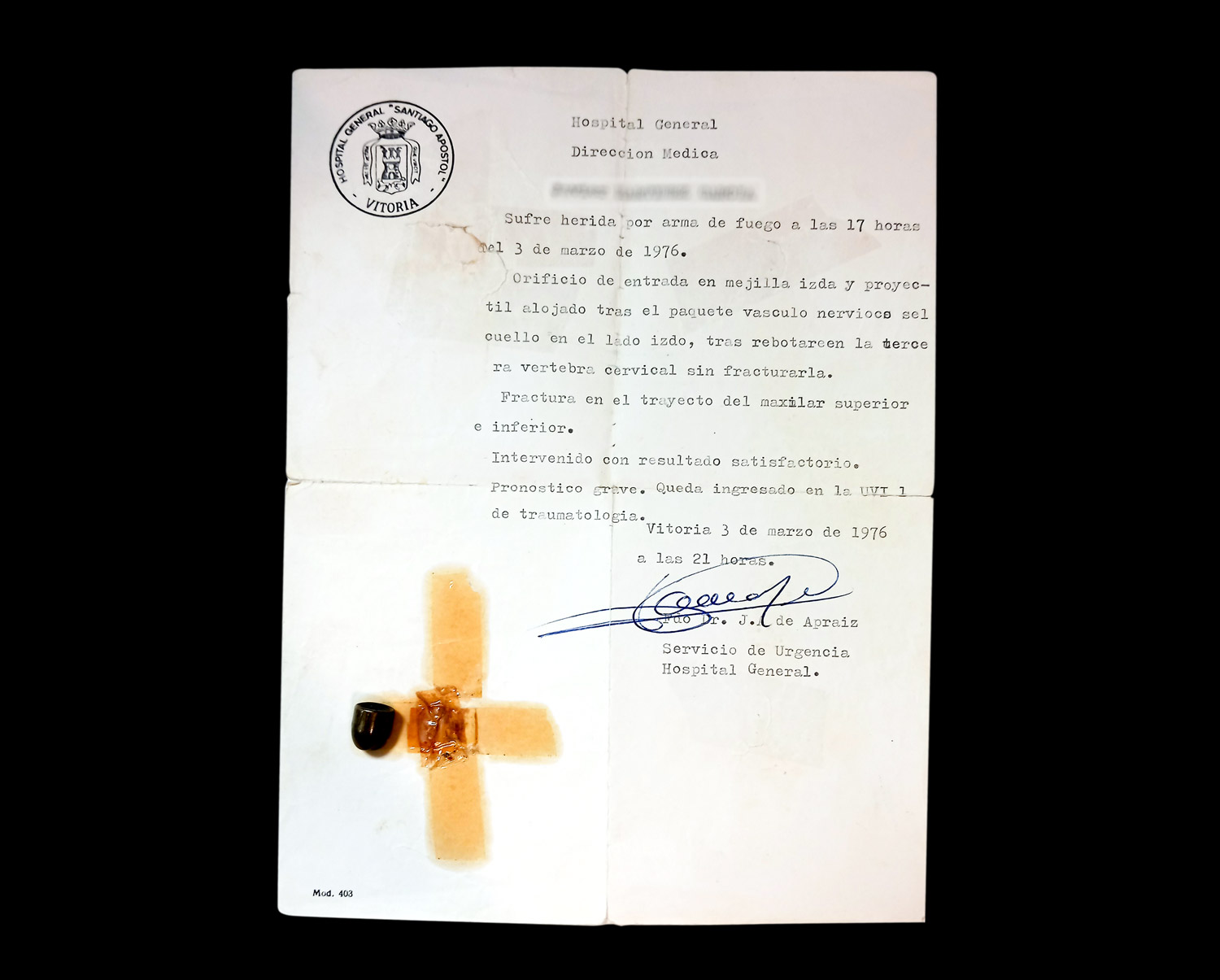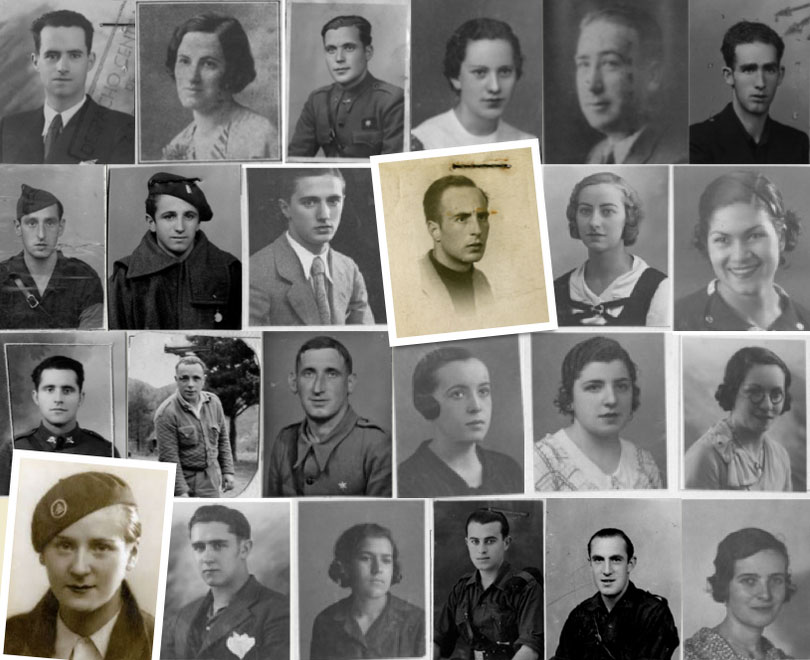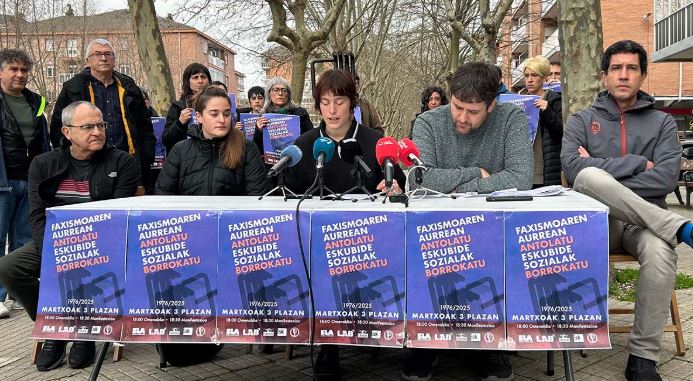In Irudienea they will pay tribute to the priests imprisoned in Zamora prison with the projection of "The Cural Jail"
- The documentary “Apaiz-kartzela” works in progress will be screened in Irudienea on 7 December. In addition to the directors, the inmates will also attend to receive the tribute.

In the absence of three weeks for the 54 edition of the Durango Fair to begin, the spaces of the Plaza de la Cultura are turning into their programming. In Irudienea, for example, we will have the opportunity to learn about different projects that emerged in the last year in Euskal Herria: documentaries, fictions, short films, children's films, etc.
On 7 December, Saturday, a very special event will be organised in Irudienea. At 12:30 in the morning, the documentary “The Priestly Prison” will be screened and the prisoners who were imprisoned in prison will be honoured. The documentary is directed by Oier Aranzabal, David Pallarés and Ritxi Lizartza, and this work tells the story and testimonies of the priests who were “in the priestly jail of Zamora”.
Together with Oier Aranzabal and Ritxi Lizartza, Xabier Amuriza, Josu Naberan and Juan Mari Zulaika will participate in the presentation. The entry will be free of charge, by invitation (may be collected from 5 December in Irudienea). The projection will be a “work in progress”, that is, you will be able to see pictures of the film, but it will not be a final version.
Zamora's prison was opened in 1968 to welcome the priests who faced Franco. In total, there were 53 priests who became the first prison created especially for the priests of the Church of Santa Maria. It has been 50 years since the prison was opened, and those present have repeatedly denounced that they have not yet received the forgiveness of the Church and the institutions.
Overview
In the Spanish State there is a long way to go to fully develop the historical memory oraindik.Maria, which is witnessed by Argentine judge Servini. In Zamora, Concordordatu prison is closed and abandoned, and the metaphor is adequate to explain the current situation of the priests who were imprisoned 50 years ago. While the far-right is growing in Europe, the human rights violations that have been committed in the past have yet to be recognised. To tell the story of the nearly 60 priests who suffered that prison, former prisoner and fraile Juan Mari Zulaika has worked for years to ensure that the memory of that injustice is not lost. It will be he who will guide us and accompany us in the search for images that were broadcast on various television channels around the world around the figure of the young man imprisoned in Zamora in 1973. In this way, we will revive the life of the imprisoned priests in those difficult times to defend the rights of the citizens.
Salvador Puig Antich frankismoaren kontrako militantea izan zen. Askapen Mugimendu Iberikoko kidea, 1973ko irailaren 25ean atxilotu zuten. Gerra-kontseilua egin zioten, eta garrotez exekutatu zuten handik sei hilabetera, 1974ko martxoaren 2an. Aurtengo otsailean baliogabetu du... [+]
Kirola eta oroimena uztartuko dituzte, bigarrenez, mendi-martxa baten bitartez. Ez da lehiakorra izanen, helburua beste bat delako. La Fuga izeneko mendi martxak 1938ko sarraskia gogorarazi nahi du. Ezkabako gotorlekuan hasi eta Urepelen amaituko da. Maiatzaren 17an eginen dute.
Fusilamenduak, elektrodoak eta poltsa, hobi komunak, kolpismoa, jazarpena, drogak, Galindo, umiliazioak, gerra zikina, Intxaurrondo, narkotrafikoa, estoldak, hizkuntza inposaketa, Altsasu, inpunitatea… Guardia Zibilaren lorratza iluna da Euskal Herrian, baita Espainiako... [+]
Gogora Institutuak 1936ko Gerrako biktimen inguruan egindako txostenean "erreketeak, falangistak, Kondor Legioko hegazkinlari alemaniar naziak eta faxista italiarrak" ageri direla salatu du Intxorta 1937 elkarteak, eta izen horiek kentzeko eskatu du. Maria Jesus San Jose... [+]
Familiak eskatu bezala, aurten Angel oroitzeko ekitaldia lore-eskaintza txiki bat izan da, Martin Azpilikueta kalean oroitarazten duen plakaren ondoan. 21 urte geroago, Angel jada biktima-estatus ofizialarekin gogoratzen dute.
Bilbo Hari Gorria dinamikarekin ekarriko ditu gurera azken 150 urteetako Bilboko efemerideak Etxebarrieta Memoria Elkarteak. Iker Egiraun kideak xehetasunak eskaini dizkigu.
33/2013 Foru Legeari Xedapen gehigarri bat gehitu zaio datozen aldaketak gauzatu ahal izateko, eta horren bidez ahalbidetzen da “erregimen frankistaren garaipenaren gorespenezkoak gertatzen diren zati sinbolikoak erretiratzea eta kupularen barnealdeko margolanak... [+]
1976ko martxoaren 3an, Gasteizen, Poliziak ehunka tiro egin zituen asanbladan bildutako jendetzaren aurka, zabalduz eta erradikalizatuz zihoan greba mugimendua odoletan ito nahian. Bost langile hil zituzten, baina “egun hartan hildakoak gehiago ez izatea ia miraria... [+]
Memoria eta Bizikidetzako, Kanpo Ekintzako eta Euskarako Departamentuko Memoriaren Nafarroako Institutuak "Maistrak eta maisu errepresaliatuak Nafarroan (1936-1976)" hezkuntza-webgunea aurkeztu du.










